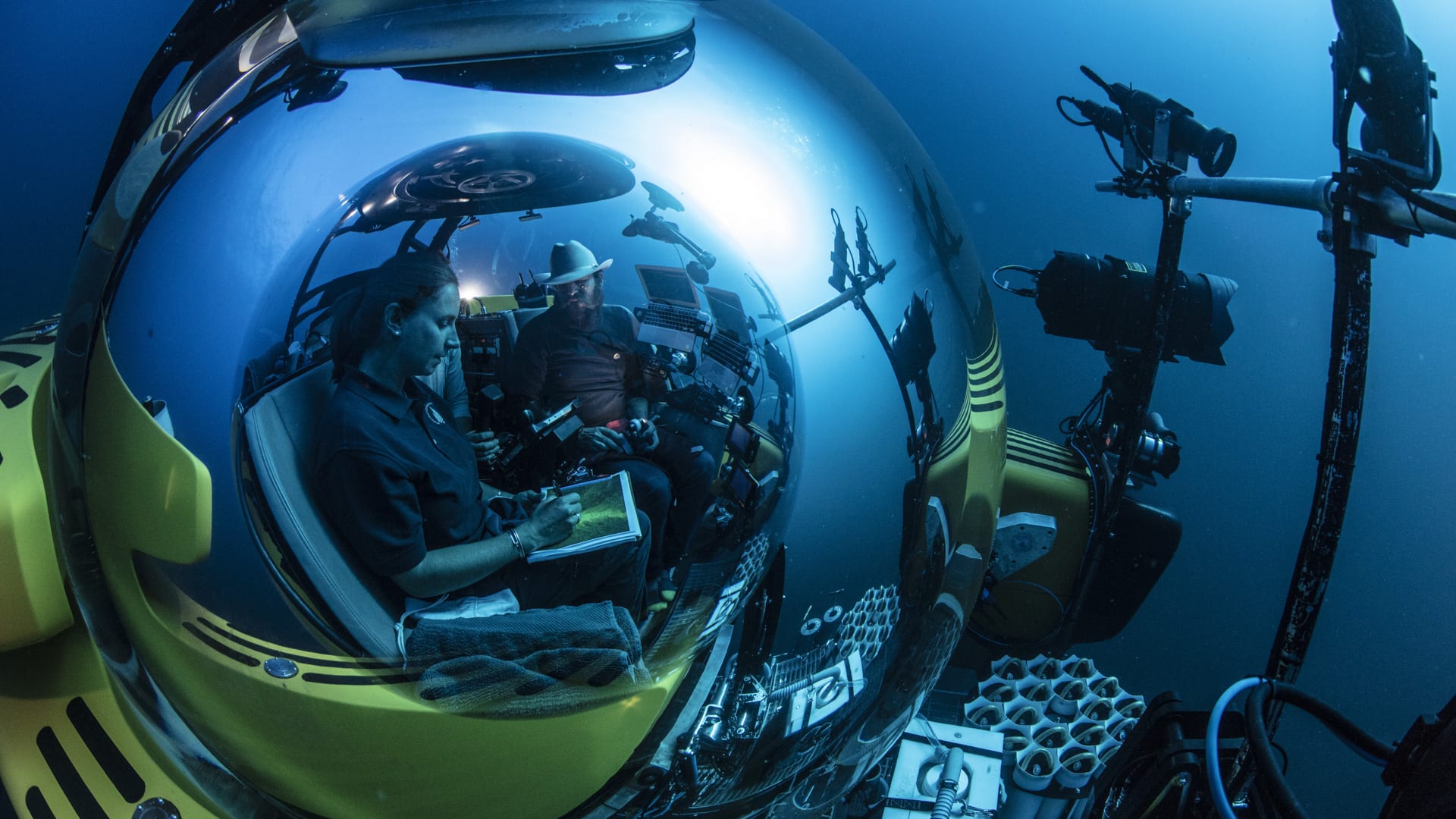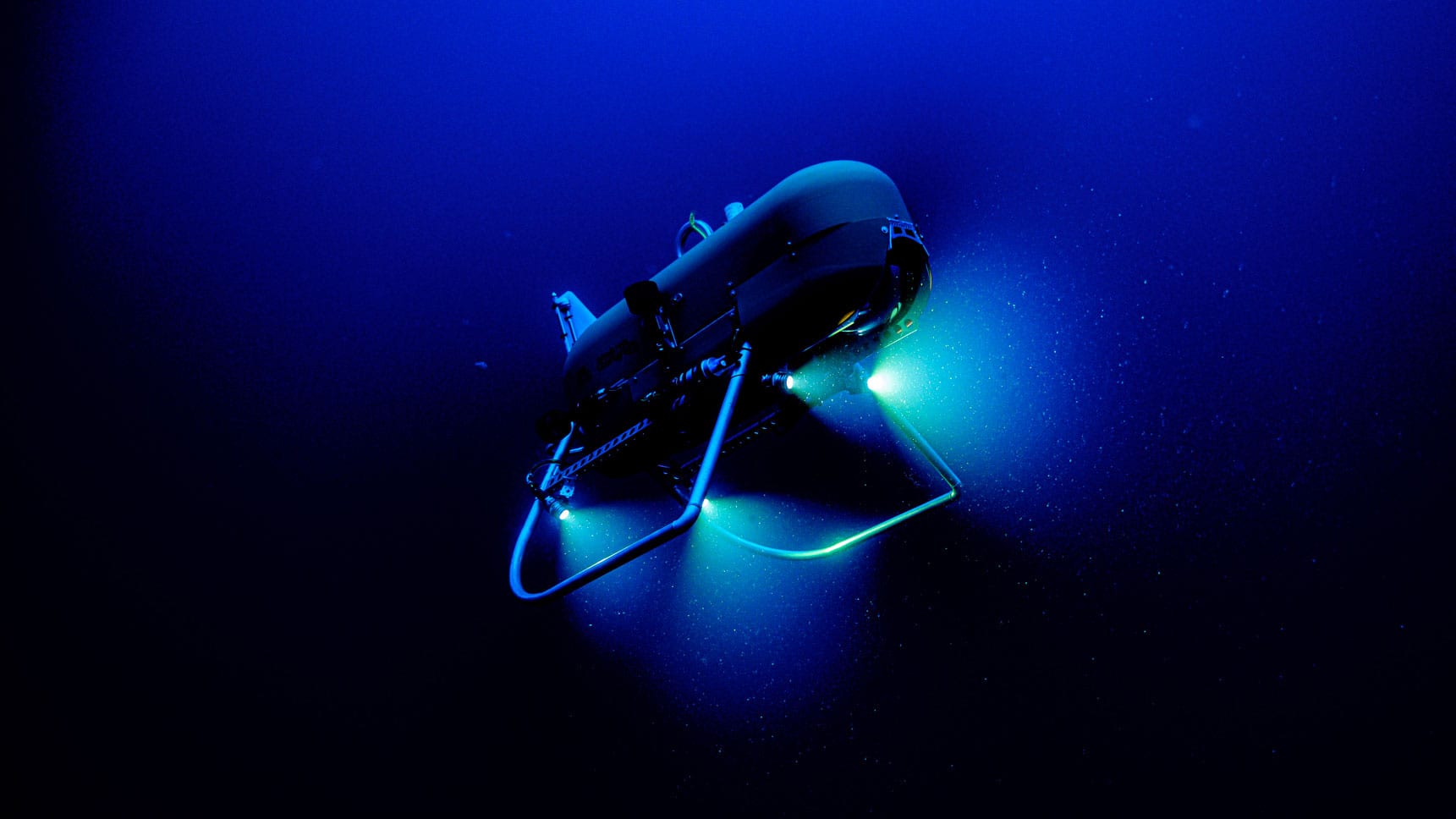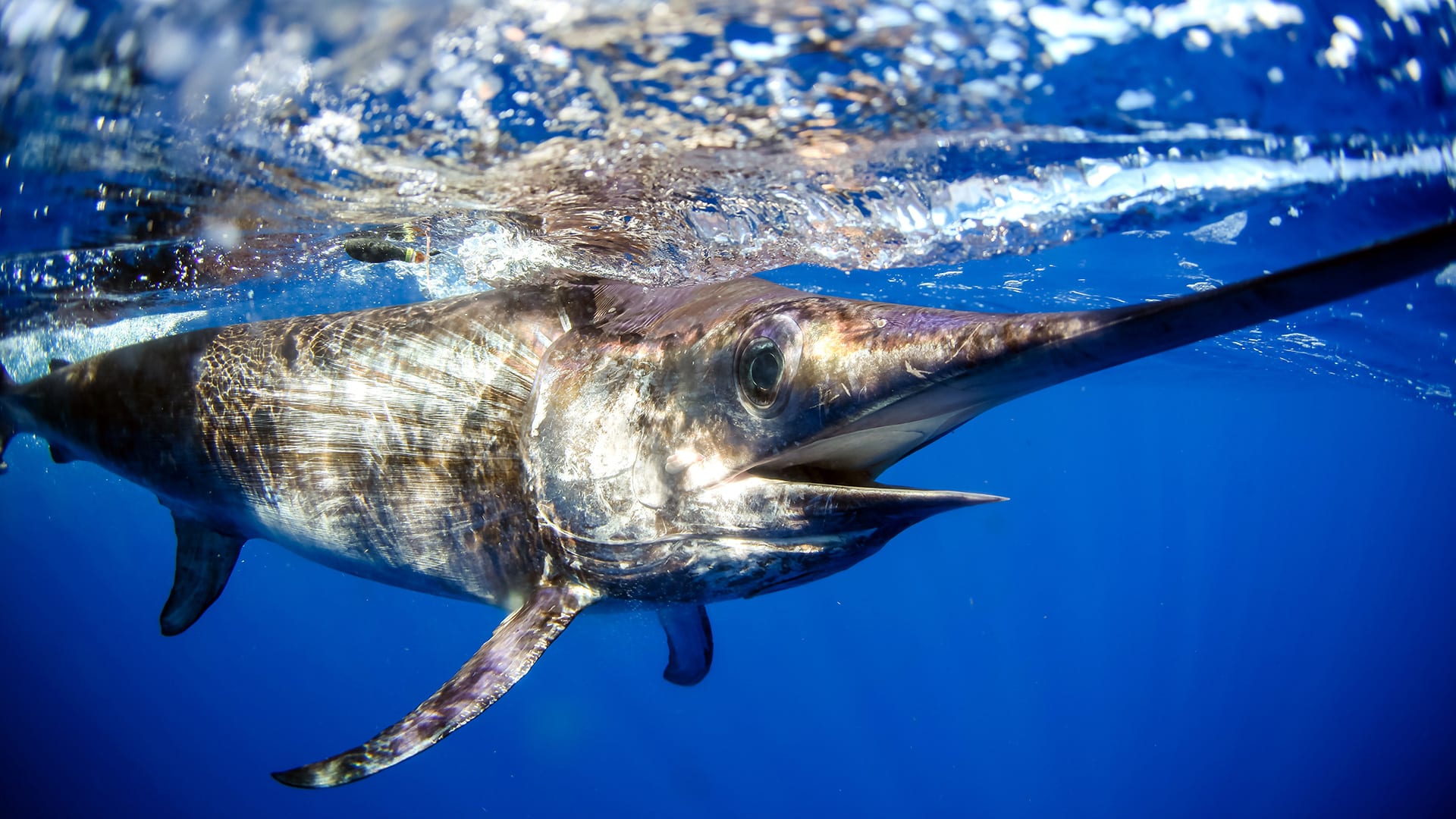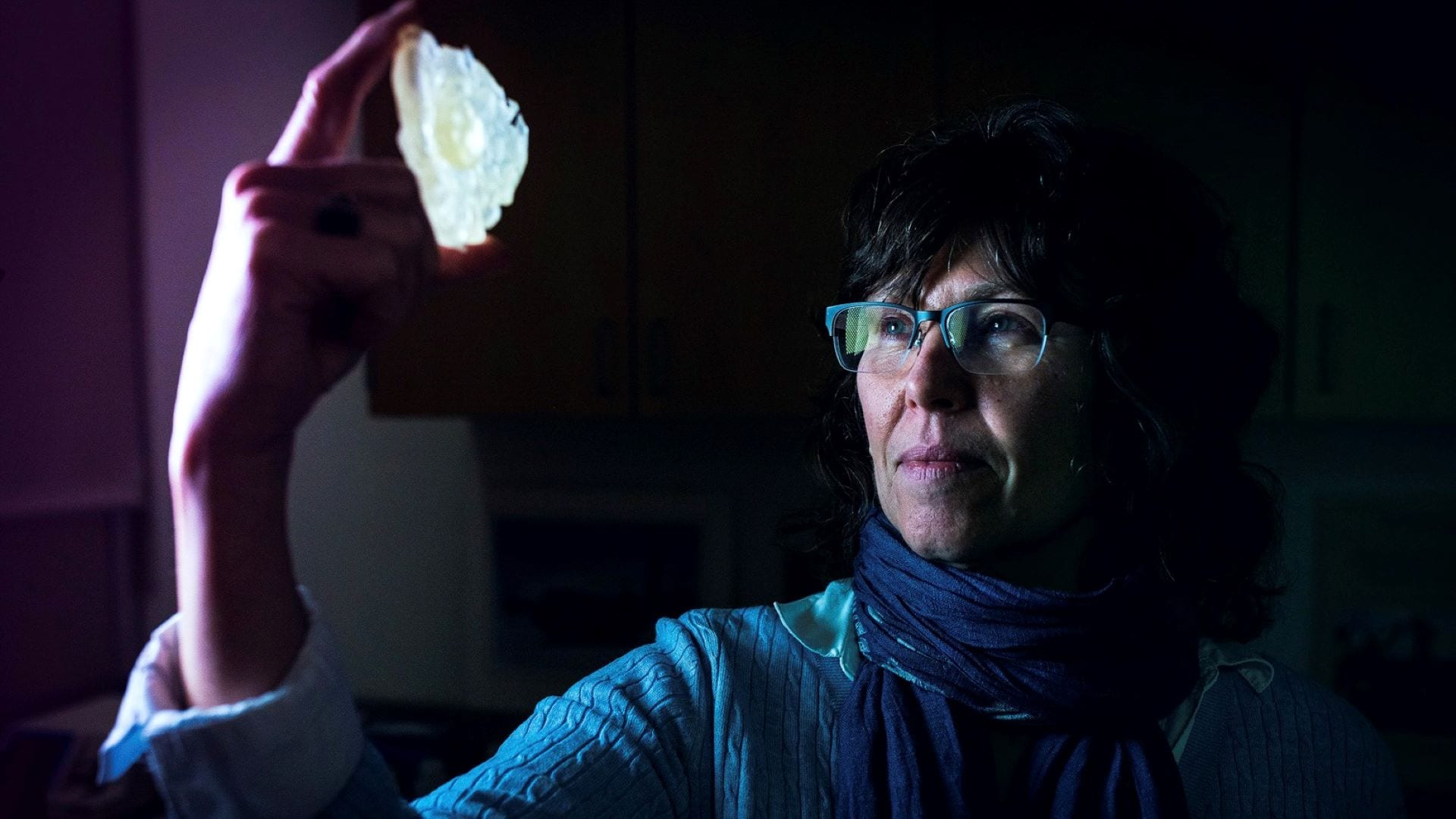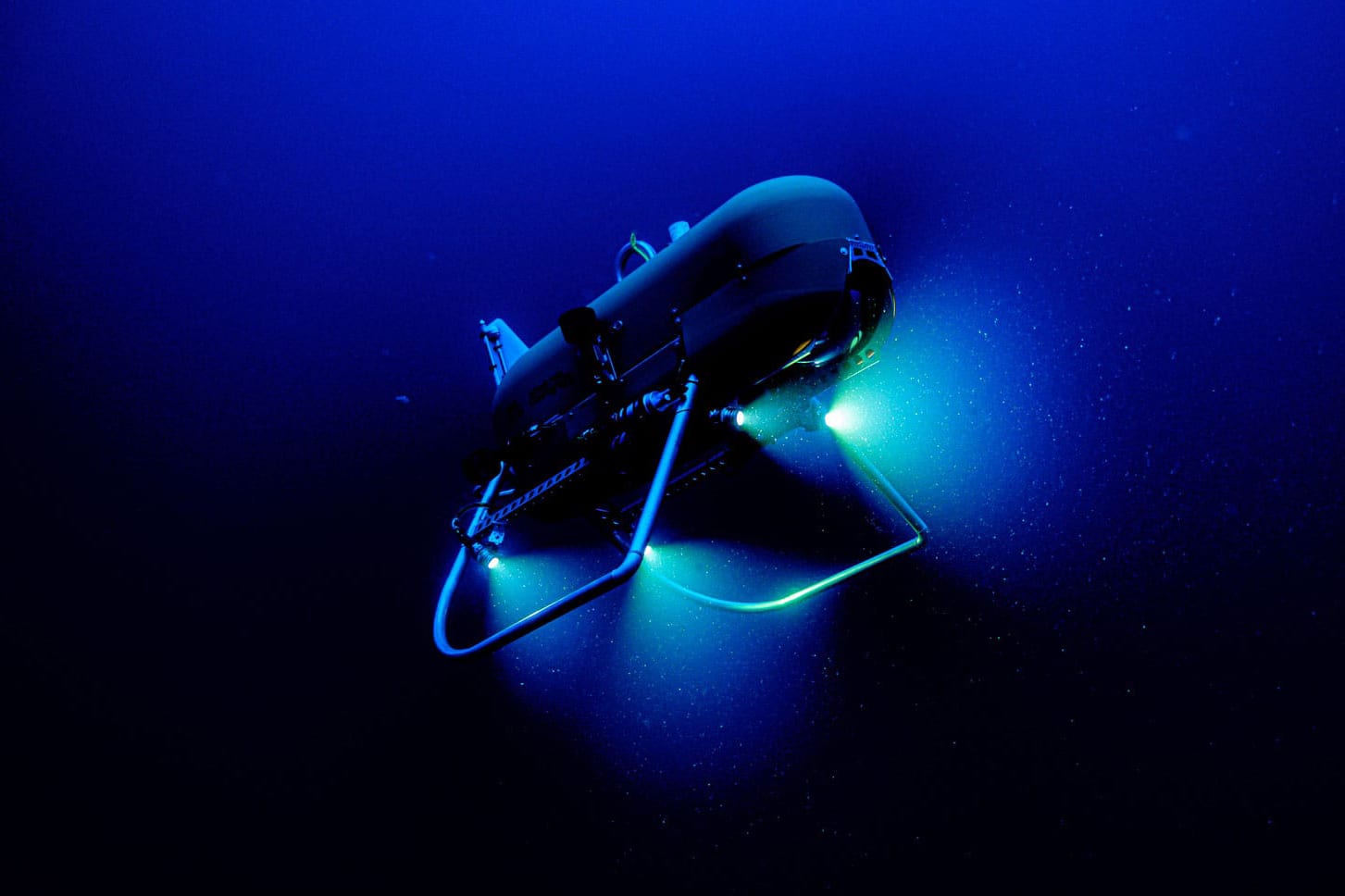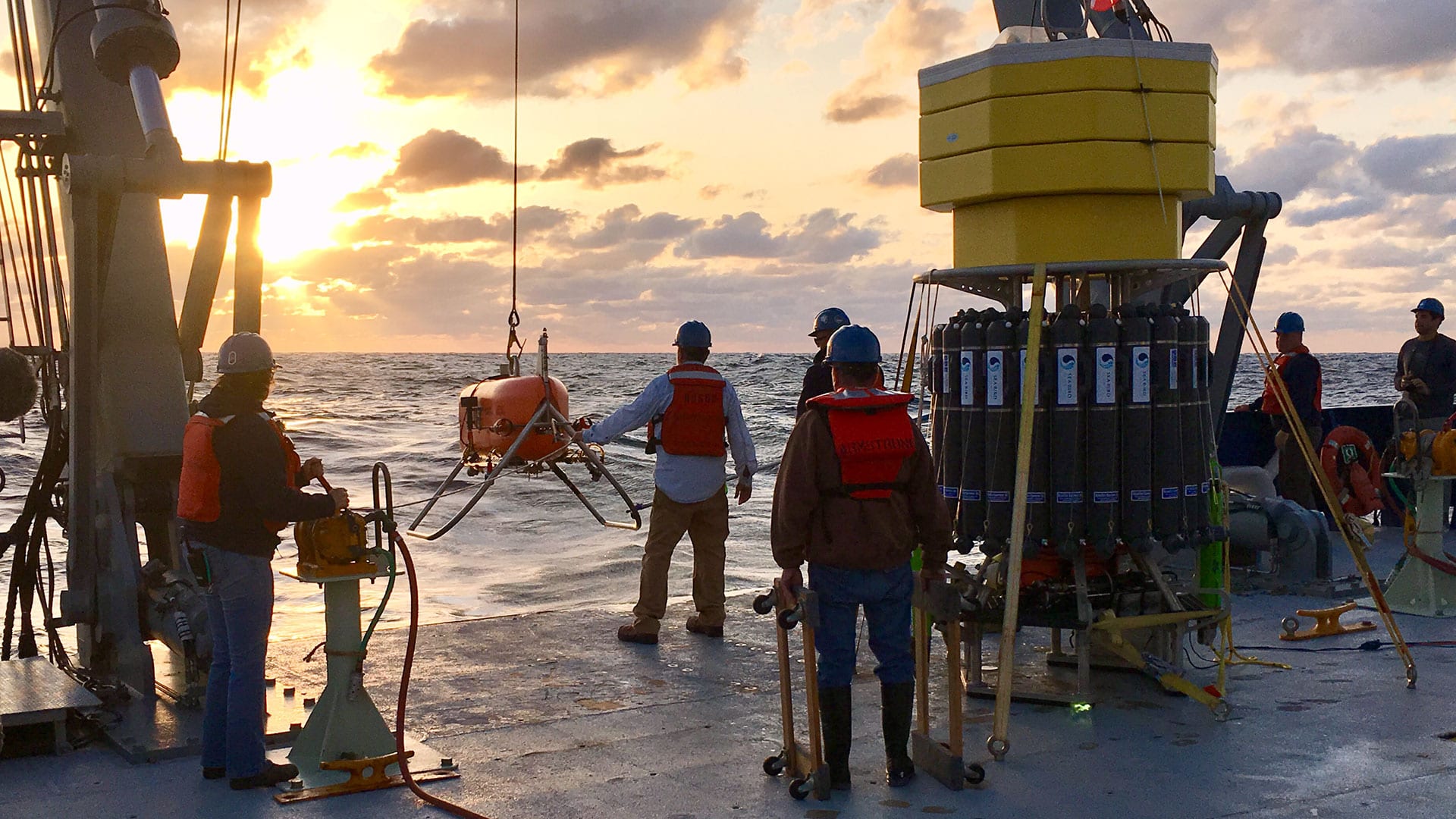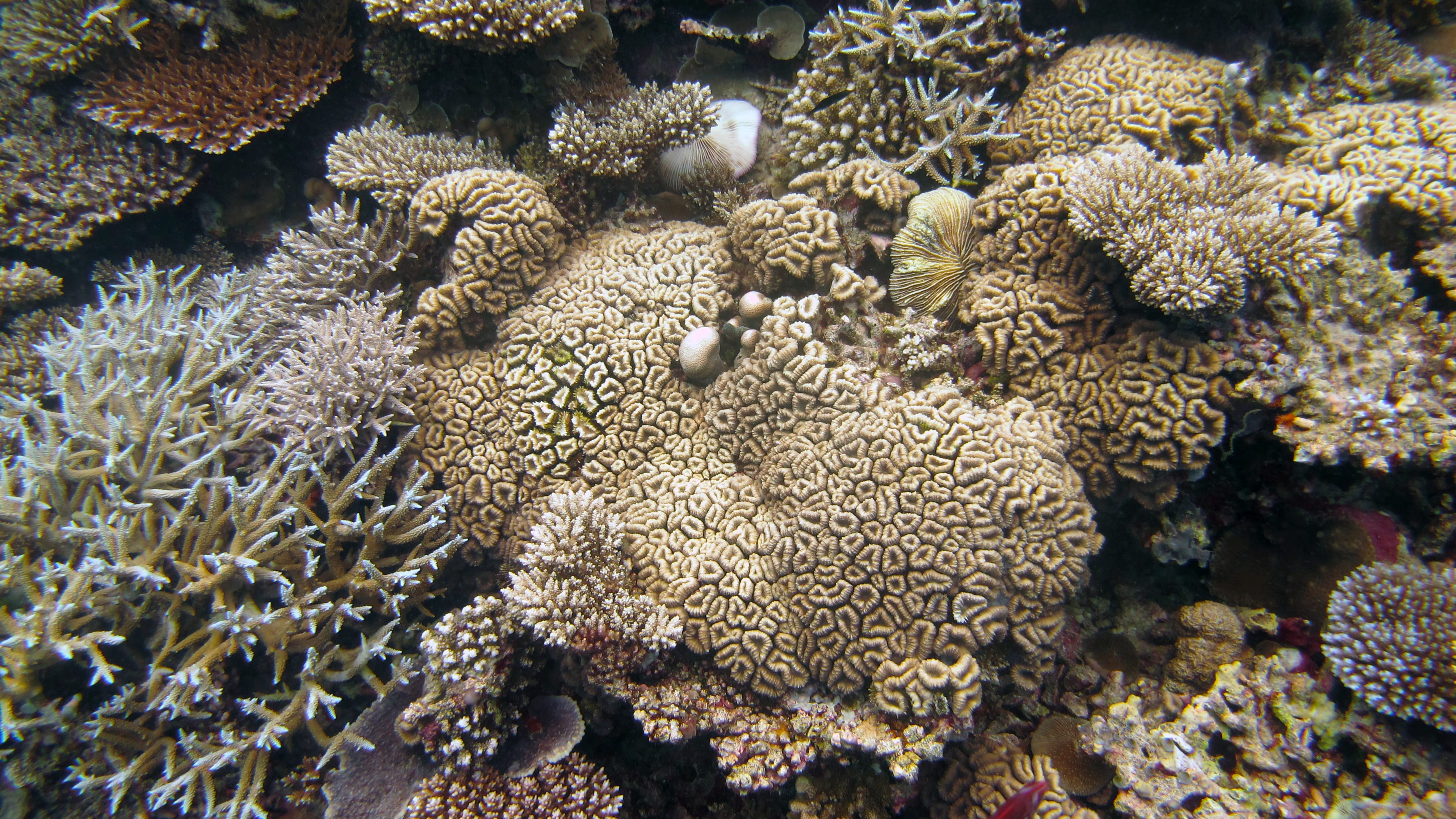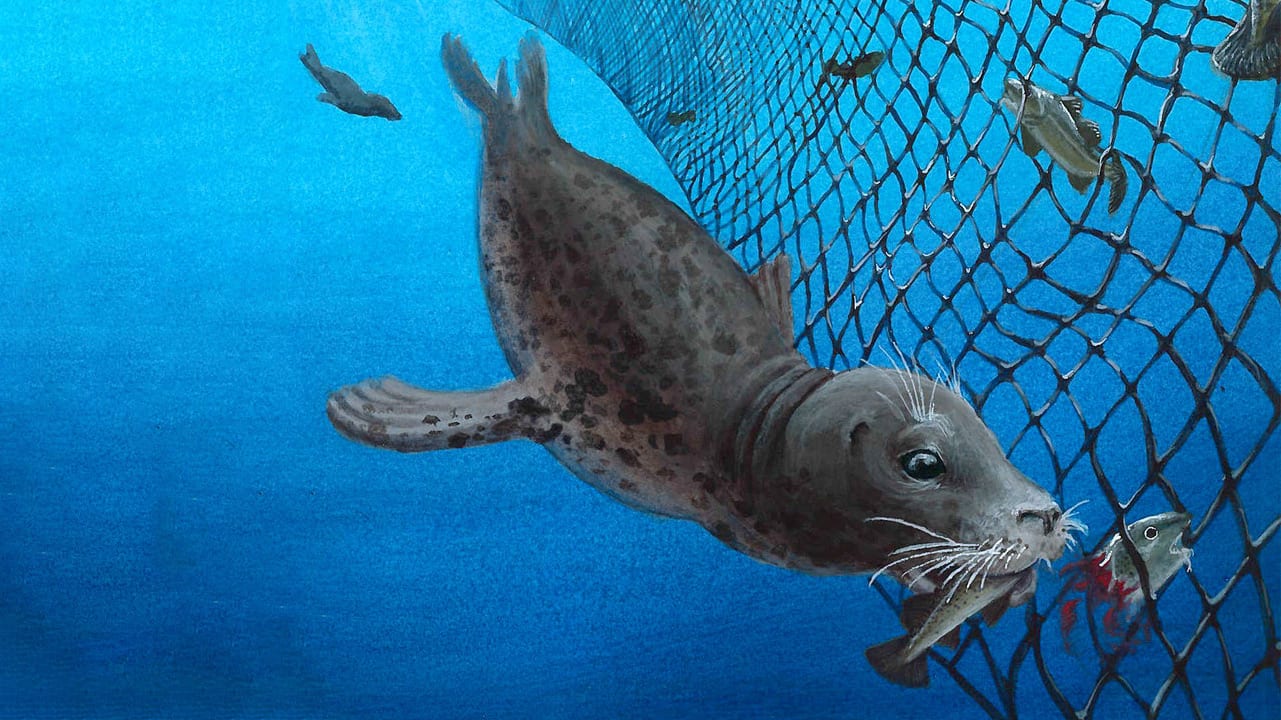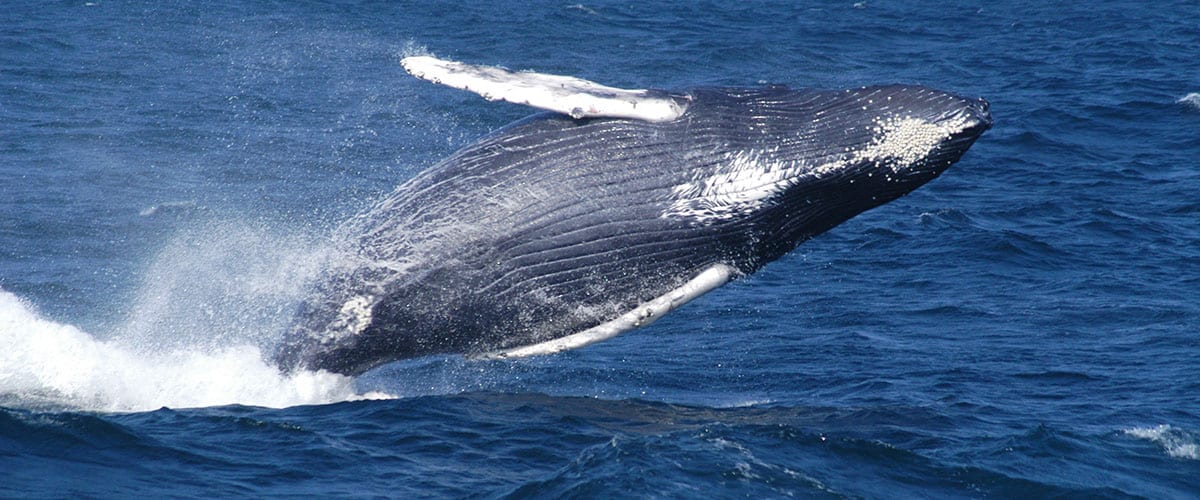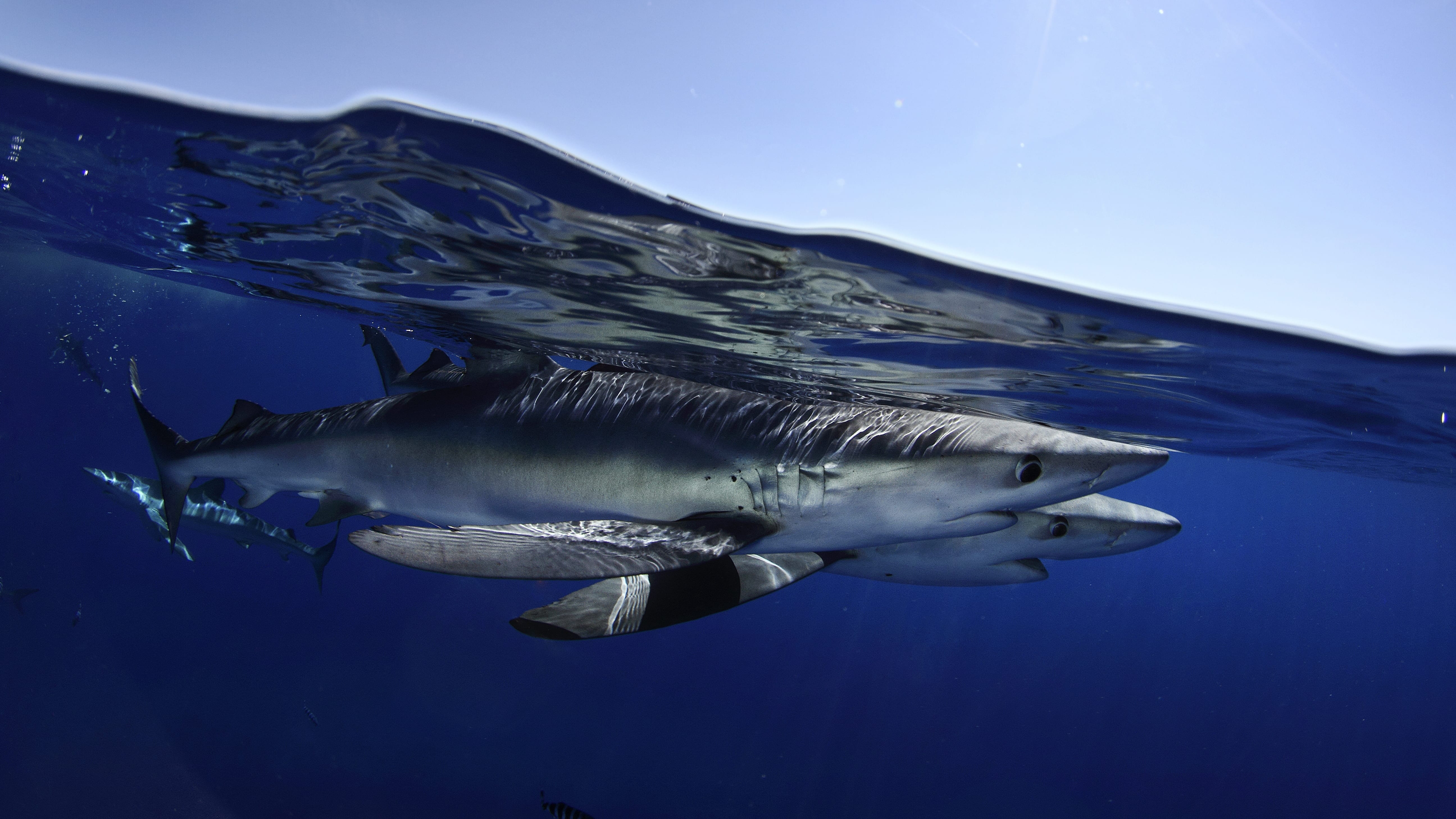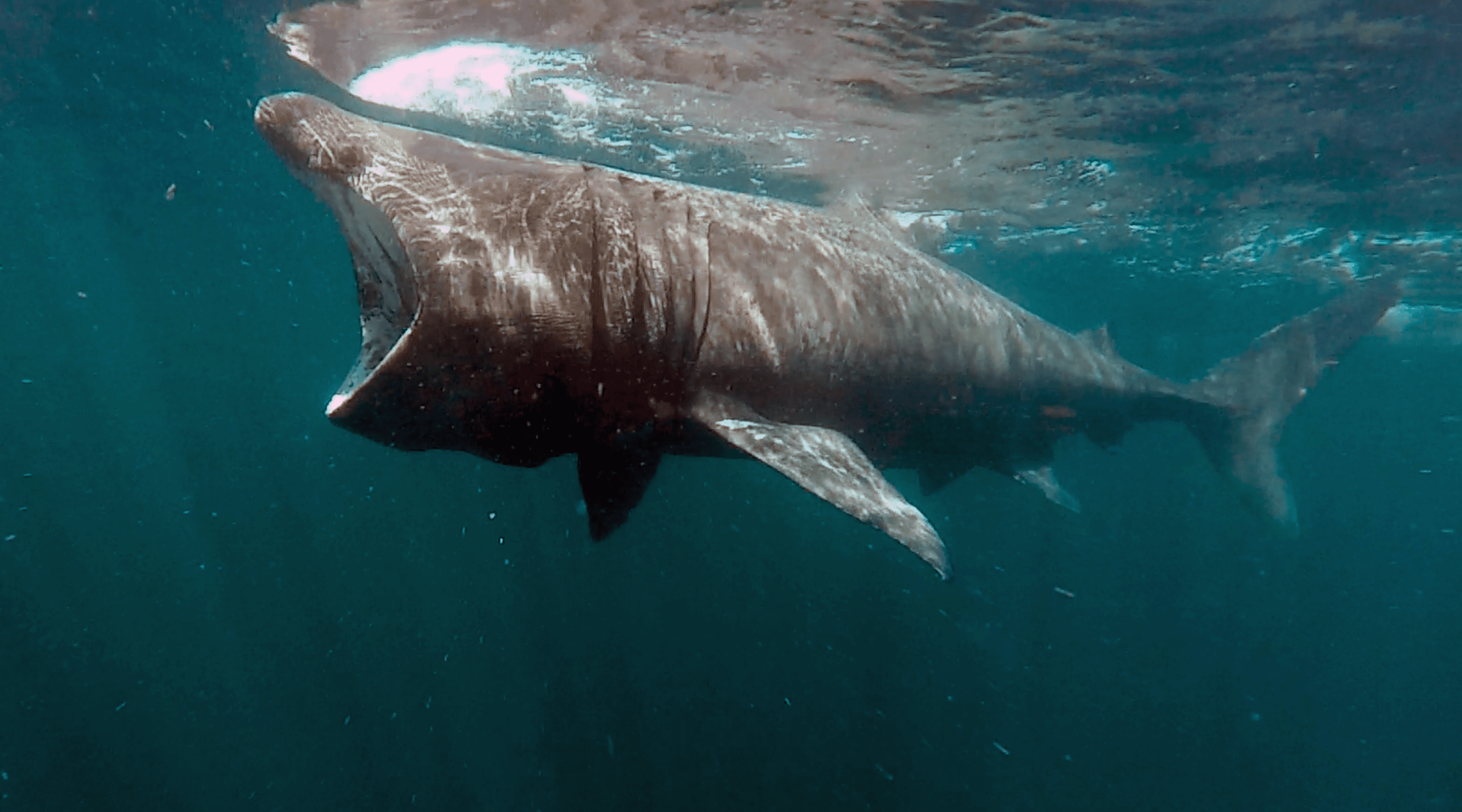Biology
Searching for the limits of life: Taylor Heyl
A deep-sea biologist discusses her search for life in the deepest parts of our ocean, and why WHOI is the place she has chosen to carry out her research
Read MoreThe Rise of Orpheus
WHOI’s new deep-sea autonomous underwater vehicle moves one step closer to exploring the hadal zone—the deepest region of the ocean—to search for new clues about the limits of life on Earth, and possibly beyond.
Read MoreFollowing the elusive sword
Satellite tags allow researchers to “see” how swordfish move in and out of the ocean twilight zone.
Read MoreHow Interconnected Is Life in the Ocean?
To help create better conservation and management plans, researchers are measuring how marine organisms move between habitats and populations.
Read MoreFalling in love with foraminifera
A marine geobiologist falls for the ‘brains’ and beauty of an ancient single-celled creature that can change its shell into a variety of geometric shapes.
Read MoreHow do you study marine metamorphosis?
Kirstin Meyer-Kaiser is a marine benthic ecologist, whose primary research focus is on how invertebrates establish themselves along the seafloor.
Read MoreThe Rise of Orpheus
WHOI’s new deep-sea autonomous underwater vehicle moves one step closer to exploring the hadal zone—the deepest region of the ocean—to search for new clues about the limits of life on Earth, and possibly beyond.
Read MoreThe Rise of Orpheus (Part 1)
WHOI’s new deep-sea autonomous underwater vehicle moves one step closer to exploring the hadal zone—the deepest region of the ocean—to search for new clues about the limits of life on Earth, and possibly beyond.
Read MoreWhale populations in New York Harbor are booming—here’s why
Woods Hole Oceanographic Institution and the New York Aquarium teamed up to deploy a high-tech acoustic buoy named Melville, 22 miles south of Fire Island. Whales communicate mostly via sound,…
Read MoreNew study measures how much of corals’ nutrition comes from hunting
A new study reveals that more of corals’ nutrients come from hunting than previously expected, information that may help predict the fate of coral reefs as global ocean temperatures rise.
Read MoreResearchers are exploring the SS Portland shipwreck. Here’s how to watch
The Woods Hole Oceanographic Institution is working with NOAA’s Office of Marine Sanctuaries and Marine Imaging Technologies to explore the wreck of the SS Portland as part of a three-year…
Read MoreExploring the wreck of the steamship Portland, ‘the Titanic of New England’
By visiting the final resting place of the Portland, researchers will document changes that have occurred at the site of the wreck and gain more insight into the fate of…
Read MoreClimate change doesn’t only mean rising oceans — your health is at risk, too
According to the Woods Hole Oceanographic Institution website, diarrhetic shellfish poisoning produces gastrointestinal symptoms, usually beginning within 30 minutes to a few hours after consumption of toxic shellfish. Although not…
Read MoreThe Ocean’s Eerie Twilight Zone is in Murky Legal Water
“The most striking thing is just how far down it is and how the light dissolves away,” says Joel Llopiz, a biologist with Woods Hole Oceanographic.
Read MoreScientists tag deep-sea shark hundreds of feet underwater—a first
When asked what remains mysterious about them, Simon Thorrold, a senior scientist at the Woods Hole Oceanographic Institution laughs, explaining: “It will be way quicker to go over what we…
Read MoreUnderwater cameras tackle tough questions for fishery
Scientists, in collaboration with commercial fishermen, are using underwater video cameras to document the behavior of seals and other animals in and around fishing nets just east of Cape Cod—an area that has seen steady growth in gray seal populations over the past few years.
Read MoreWhy we must protect the ocean’s ‘twilight zone’
The twilight zone can be found 200 to 1,000 meters (about 650 to 3,300 feet) below the ocean surface, at the point where the sun’s rays can no longer reach,…
Read MoreExpedition to Stellwagen Bank National Marine Sanctuary
Stellwagen Bank, an underwater plateau off Boston, is a biological hotspot and key fishing ground. It’s a prime whale-watching spot and home to shipwrecks like the Portland, a maritime heritage symbol.
Read MoreLocal fishermen assist leatherback research
After several years, Kara Dodge began to do other work with turtles, in particular a “TurtleCam” project with Woods Hole Oceanographic Institution engineer Amy Kukulya. The project involved tagging and…
Read MoreNew Technology Will Listen For Underwater Whale Traffic In An Effort To Reduce Ship Strikes
Scientists from the Benioff Ocean Initiative and Woods Hole Oceanographic Institution have deployed a a hydrophone, or underwater microphone, to listen for whale traffic in the Santa Barbara Channel. They…
Read MoreNASA eyes the ocean: How the deep sea could unlock outer space
“When hydrothermal vents were discovered in 1977, it very much flipped biology on its end,” says Julie Huber, an oceanographer who studies life in and below the seafloor at Woods Hole Oceanographic Institution (WHOI) on Cape Cod. “People knew that organisms could live off of chemical energy, but they didn’t imagine they could support animal ecosystems.”
Read MoreLobstermen seek help in protecting right whales
Michael Moore, a scientist at the Woods Hole Oceanographic Institution, raised the concern that the “torturous” process the fisheries service was undertaking to write and enact the new regulations would…
Read MoreBlue sharks use eddies for fast track to food
Blue sharks use large, swirling ocean currents, known as eddies, to fast-track their way down to feed in the ocean twilight zone—a layer of the ocean between 200 and 1000 meters deep containing the largest fish biomass on Earth, according to new research by the Woods Hole Oceanographic Institution (WHOI) and the Applied Physics Lab at the University of Washington (UW).
Read MoreSharkCam reveals secret lives of basking sharks in UK
An autonomous underwater vehicle (AUV) known as the REMUS SharkCam has been used in the UK for the first time to observe the behaviour of basking sharks in the Inner Hebrides, off the west coast of Scotland.
Read More
